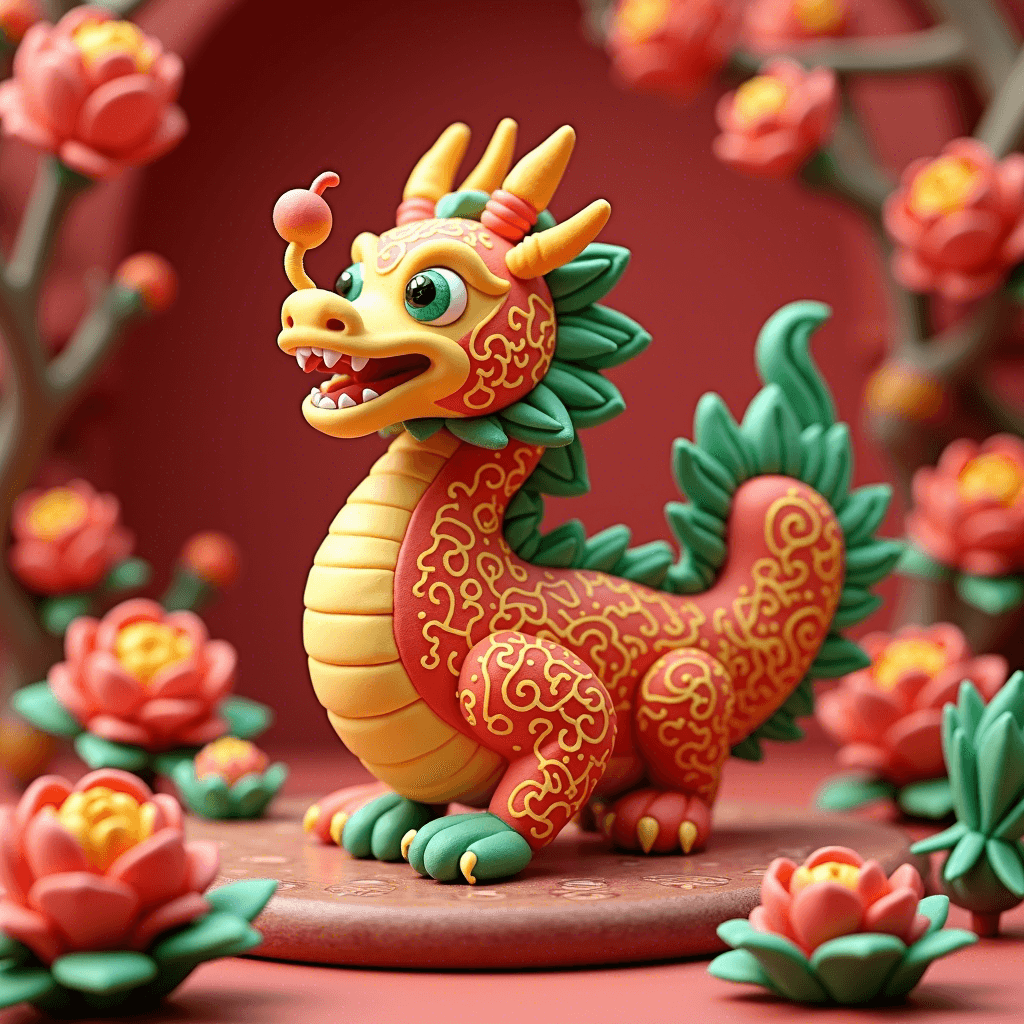
Chinese Dough Figurine Art
Traditional Chinese folk art of creating colorful figurines from dough, often depicting mythical characters, animals, and flowers, used in festivals and as decorative gifts.
Overview
Origin
China
Historical Period
Han Dynasty (206 BCE–220 CE) onwards
Cultural Significance
Dough figurine art, or 'mian ren,' is a traditional Chinese folk craft used in festivals, rituals, and as decorative gifts, symbolizing joy and creativity.

Historical Timeline
Han Dynasty (202 BCE-220 CE)
Early records of dough figurines used in ceremonies
Ming-Qing Dynasties (1368-1912)
Flourishing of dough figurine art in urban areas
Techniques
Molding dough made from flour and water
Hand-painting with vibrant colors
Creating three-dimensional figurines of animals, characters, and flowers
Adding details with small tools for texture
Cultural Context
Dough figurine art, or 'mian ren,' is a traditional Chinese folk craft used in festivals, rituals, and as decorative gifts, symbolizing joy and creativity.
Did You Know?
Dough figurine art, also known as 'mian ren,' dates back over 1,000 years and was originally used as an offering in rituals before becoming a popular folk craft.